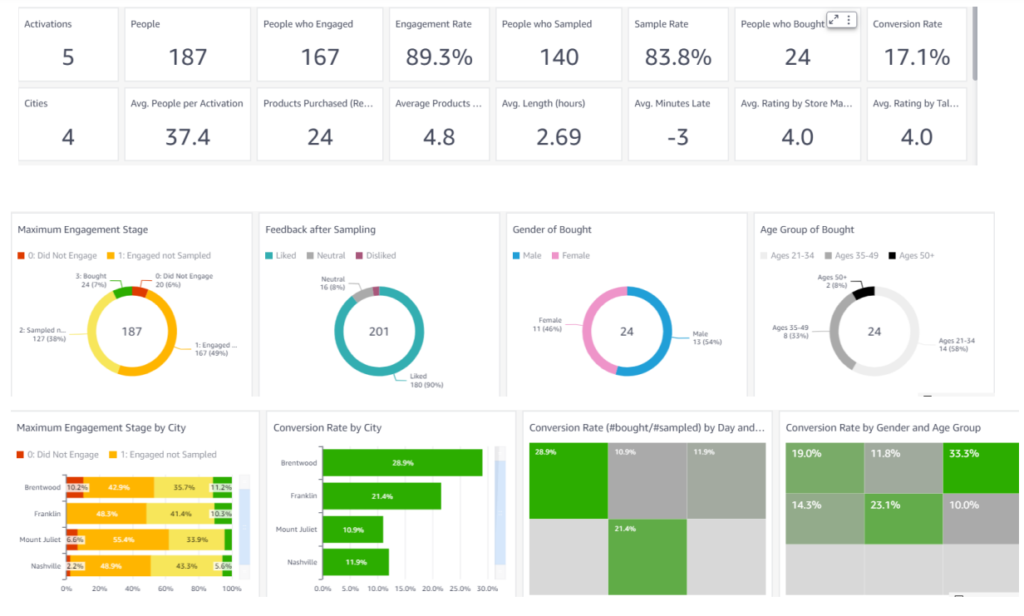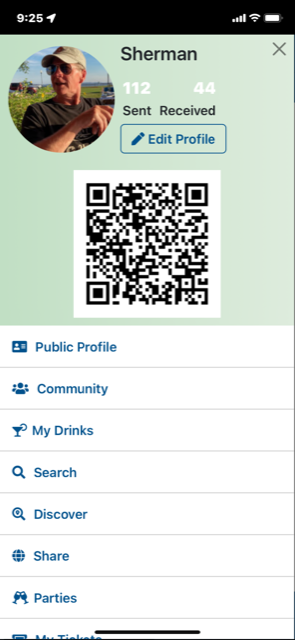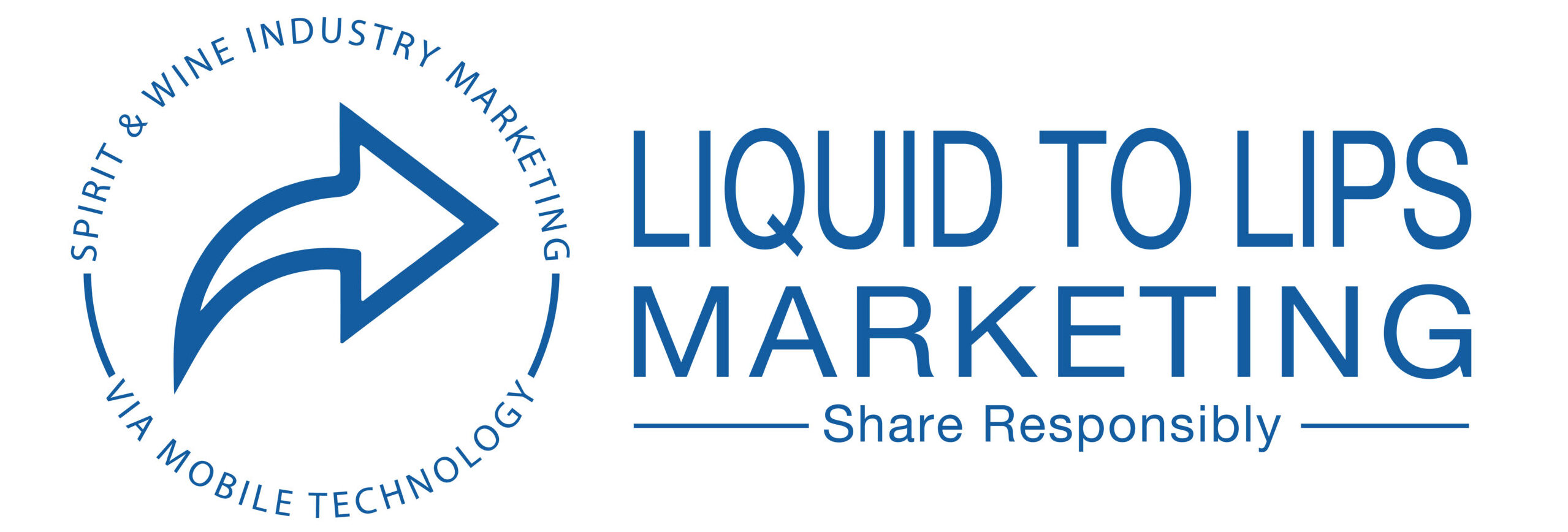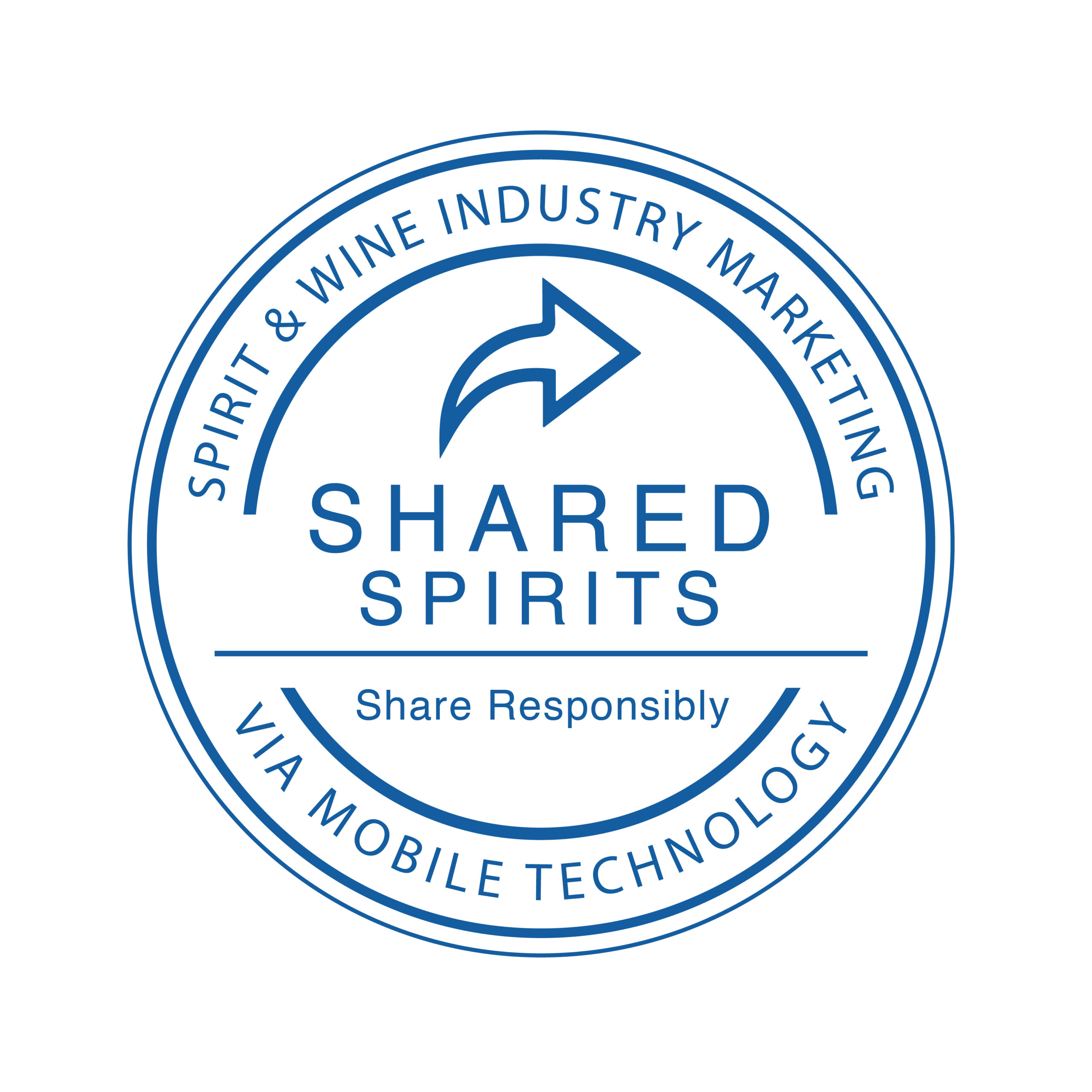I’ve studied booze marketing and sales for years now. Liquid to lips and alcohol beverage marketing is still the most common industry term I’ve heard used when talking about sampling and activations.
I have been on a quest to find out what brands receive from in-store sampling spends. I can’t claim that my findings are definitive. I can say with confidence that my observations are accurate after 10 years of study and 3 years of operations.
The prompt and motivation for this post comes from a recent email exchange with an experienced brand leader who remains convinced that marketing a brand or selling a brand at a table in a retailer has to render enough bottle/unit sales to cover the entire costs of the sampling gig’s expense.
Let’s break down the real numbers. For a brand doing samplings, these costs are real.
- The product. Obviously, this is part of the equation. In the case of this brand, it’s a three sku mix of prices from $69 to $129. So we are not looking at impulse buys from customers in most markets.
- Labor. If you are a brand sending out your own team, you have salaries, time, possible overnights, etc. If you are a brand utilizing an agency, you will spend money on product and the hourly rate of sampling with an agency. Typically $60 to $80 an hour.
- Appointment setting. Some brands leave this up to the distributor. That may work but in most markets the success of a distributor led sampling schedule will only come if they are properly incented. This will drive up the possible costs of the sampling. It is our experience that when the state’s rep, the one that knows what the lay of the land is, is scheduling samplings, it’s effective. Or when the task is handed over to a firm with a dog in the hunt, it works. For instance, with Shared Spirits, if we schedule a sampling, we do so knowing that it’s practically committed for coverage by our staff.
- Reporting. Someone needs to pay attention to the costs and results. Whether or not to continue a sampling program is really contingent upon tracking everything possible so as to know whether or not your strategic plans and sales goals are being met.
- Store and distributor follow up. Without consistent follow up after samplings, this includes reporting about issues that your promo team or employee may have discovered. *Opportunities for immediate orders coming from timely follow up with buyers will be helpful but this follow up does cost time.
- Strategic planning. In what markets do you want to sample? What accounts? What is the goal? What is the end game? In other words, there is a cost to planning and coordinating sampling.
REAL STORY:
I mentioned earlier that there was a brand who’s Marketing leader claimed consistent bottle/unit sales on a $80 product of 36 to 60 bottles a sampling. This level of sales has now become the standard this company wishes to see every time out. For most agencies, IMPOSSIBLE.
Without question, sales and marketing employees of a brand will perform better than most agencies. This isn’t uncommon and is to be expected. A brand’s people better be exceptional at the brand narrative to produce atypical results.
In our case, our staff had results for this brand ranging from goose eggs (zero) to 6 to 8 bottles.
So, are results like this a failure? To this brand yes. Why? They are myopic. They are building their primary value prop around retail. Outside of the samplings, there is no marketing to grow DTC, on-premise, or other channels. As a result, all the pressure is on the retail sampling for company exposure and growth.
They don’t want to work with agencies who can’t deliver dozens of bottles/unit sales. It is their prerogative. I’m not sure they will find an agency that delivers numbers the same way their Director of Retail claims to.
There certainly are advantages to retail samplings.
- Depletions. Stores do eventually reorder when samplings occur. Customers buy what is sampled in most cases, just not impulsively unless the price point makes it a no brainer.
- Relationships. It is imperative that brand owners and reps develop relationships with retail store employees. These people move cases for brands and nobody gives them the time of day. It’s time for brands to step up and show these people some love. Shared Spirits will soon facilitate events where retail store employees, not the owners, but the staff who work the floor, will be invited out to experience a beer and a pizza or a burger. No agenda, just showing love to retail store sales pros who sell cases of stuff based on their recommendations all the time.
- Customer exposure. Reach and frequency as they used to say in the radio business. It would be great if a consumer was tracked and brands knew how many samplings a consumer experienced prior to buying the product. A useful metric in my opinion. More on that later.
- Aggregate data. There are tools that deliver very useful data if the brand stays committed to its marketing plan and truly executes with the right agencies. The image below is a small part of what we deliver when sampling for brands with our team.

What Shared Spirits built for the on-premise market exceeds anything else in the industry.
Tools that allow for the following results out of samplings and activations now exist.

Shared Spirits has developed tech that serves to enhance the already significant investments brands are making in marketing and sales related spending.
- Knowledge of “who” sampled at a sampling or activation.
- Pre and Post event marketing to the consumers who have sampled before.
- A budding community of organically identified influencers and Ambassadors across the markets.
- On premise sampling with abilities to identify and market to attendees.
In our experience, liquid to lips is costing brands a minimum of $6.90 to $19.00 per sample. The variances vary by brand and market.
It is easy to see what a commitment this is for brands. Shared Spirits feels strongly about the following base line deliverables.
- Competent staff ready to educate.
- Prompt monthly reporting with issues escalated to the right people immediately.
- On time arrival.
- Fulfilling commitments.
- A variety of capabilities. (Pre-mix cocktails) (Product purchases and bill back) (Great reporting)
- Taking responsibility for what is seldom our fault.
Is sampling caught in a pre-covid rut?
Visiting the original point of this post. Liquid to lips and alcohol beverage marketing, you can’t live with samplings, and you can’t live without them. Your brand has to sample to grow. How you do it is vital. Will your brand step up to the age of tech, machine learning, AI, email marketing, and true customer ownership?
We are here to assist. Contact Justin Maestas or Sherman Mohr to begin the conversation.
We seek to do nothing less than transform the way spirits, wine, and beer are introduced and grown in markets.
Other articles:

